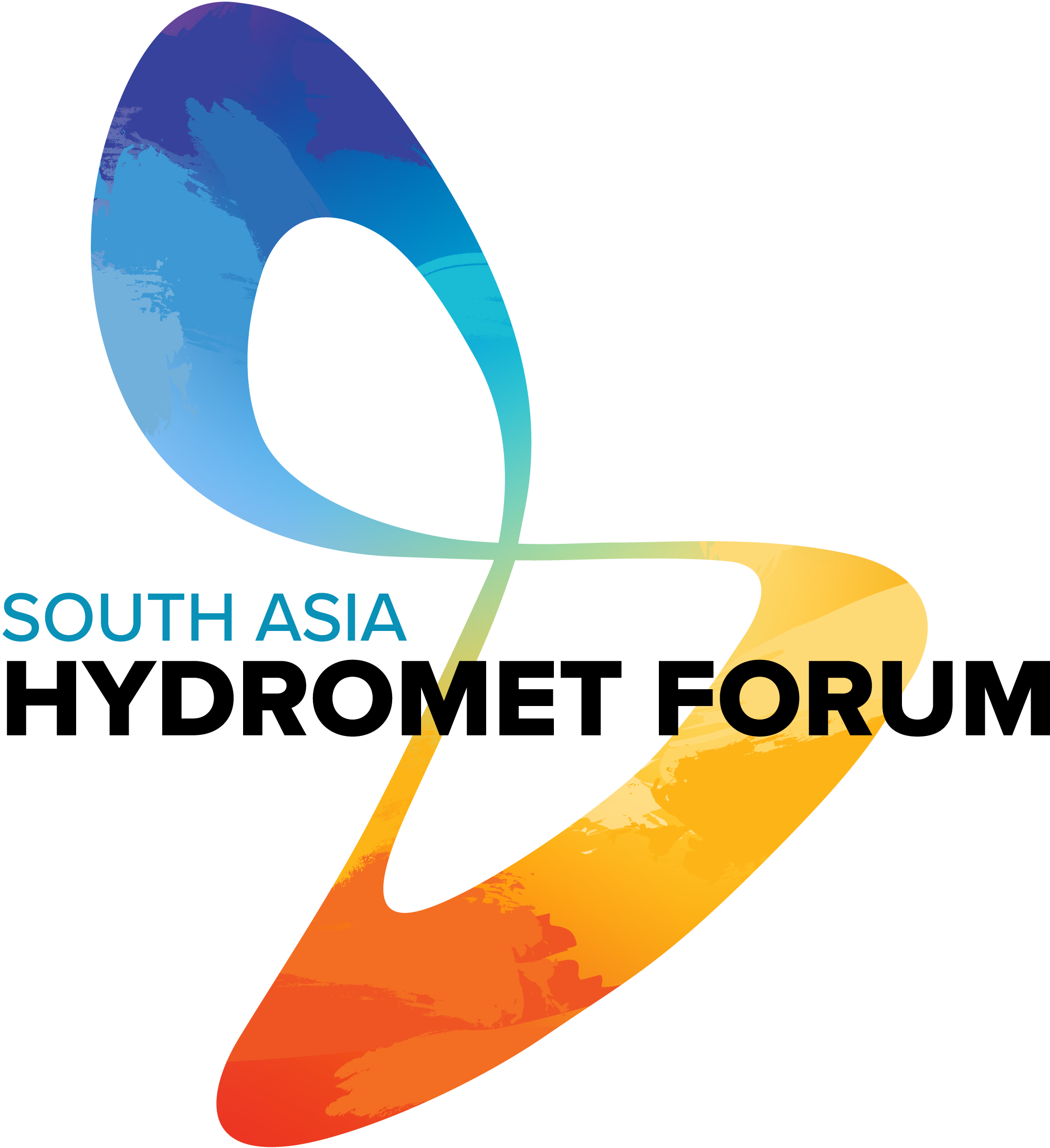About SAHF
Regional Strategy for Hydromet Operational Cooperation
Overview
South Asia is highly prone to weather and climate-related disasters such as floods, drought, thunderstorms, heatwaves, landslides and cyclones. In the past two decades, over 50 percent of South Asians, or more than 750 million people, have been affected by at least one natural disaster.
The social and economic costs of such hazards have been staggering with almost 230,000 people dead and US$ 45 billion in damages between 1970 and 2008. In the 2017 floods alone, almost 45 million people were affected. The scale is only expected to increase: a World Resources Institute estimate indicates that losses in the region can amount to US$ 215 billion each year by 2030. In addition to losses and damages, the performance of the region’s key economic sectors such as agriculture, aviation, water, urban infrastructure, hydropower, and tourism depends upon weather information-based services. However, users and communities have limited access to weather information products tailored to these sectors.
Investments in disaster early warning systems can be critical in saving lives and assets and strengthening the resilience of vulnerable communities. International experience suggests that for every dollar invested, the estimated benefits are in the range of US$ 2-10 dollars. Similarly, development of hydromet services can make a critical contribution for enhancing the performance of weather-dependent and key economic sectors and improving the livelihoods of local communities.
Efforts to strengthen disaster early warning systems and weather services require national level modernization efforts but also have a regional dimension. Cyclones occurring in the Bay of Bengal affect a number of countries in the region. Each year, between March and May, severe thunderstorms develop in the region that commonly affect northeastern India, Bhutan, Nepal and Bangladesh taking their toll on people’s livelihoods and property causing damages worth millions of dollars across the sub-region. The South Asian monsoon system delivers 70 to 80 percent of the rainfall to most countries in the region and variability in the timing and duration of precipitation poses serious risks and causes economic losses due to uncertainty to key sectors such as agriculture. Given the transboundary nature of weather and climate risks, regional collaboration can help improve understanding of these weather patterns and devise strategies to effectively respond to them.
Building on efforts made by each country in the region, and support provided by the World Meteorological Organization (WMO), the Global Facility for Disaster Reduction and Recovery (GFDRR) through the European Union financed EU-South Asia Capacity Building for Disaster Risk Management program and other development partners, the World Bank (WB) has been proactively investing in hydromet modernization efforts in the region. The World Bank’s program takes a bottom-up approach with national level investments and/or engagement in the countries of the South Asia Region. Operations in Bangladesh, Bhutan, India, Myanmar, Nepal and Pakistan seek to transform the provision of hydro-meteorological services by supporting national hydromet agencies to develop and deliver user-oriented hydromet and climate services and disaster early warning systems. Going forward, it is important to consider how to solidify these ongoing investments and scale them up through regional collaboration.
The United Nations (UN) reform agenda makes a call to join up efforts to better serve countries as a main direction going forward and creates a sense of urgency for country-level action. The draft WMO Strategic Plan 2020-2023 sets an ambitious goal: to close the capacity gap on weather, climate, and water information services between developed and developing countries. Scaling up effective partnerships is one of the Strategic Objectives to achieve this goal.
History
At the second South Asia Hydromet Forum (SAHF II) held in Kathmandu, Nepal in November 2019, the Heads of the National Meteorological and Hydrological Services (NHMS) in South Asia agreed to proceed with the implementation of a regional strategy for operational cooperation. Further, it was agreed that Regional Integrated Multi-Hazard Early Warning System for Africa and Asia (RIMES), should develop and implement this activity on behalf of its members in South Asia.
SAHF countries include Afghanistan, Bangladesh, Bhutan, India, Maldives, Myanmar, Nepal, Pakistan, and Sri Lanka, which are members of the RIMES Council. An overarching objective is to reinforce national activities leading to a more sustainable program of development of meteorological and hydrological services throughout the region. An important aspect is “learning from each other”; i.e., developing solutions to the meteorological and hydrological challenges that are unique to the region.
At the RIMES Council meetings on 22 January 2020 in Bangkok, Thailand, and 24 Nov 2020, the Members of the Council endorsed this approach and agreed to establish an executive body to provide strategic direction and steer the SAHF process. The Members suggested the executive body shall comprise the Director Generals/Directors of NMHSs of Afghanistan, Bangladesh, Bhutan, India, Maldives, Myanmar, Nepal, Pakistan, and Sri Lanka.






